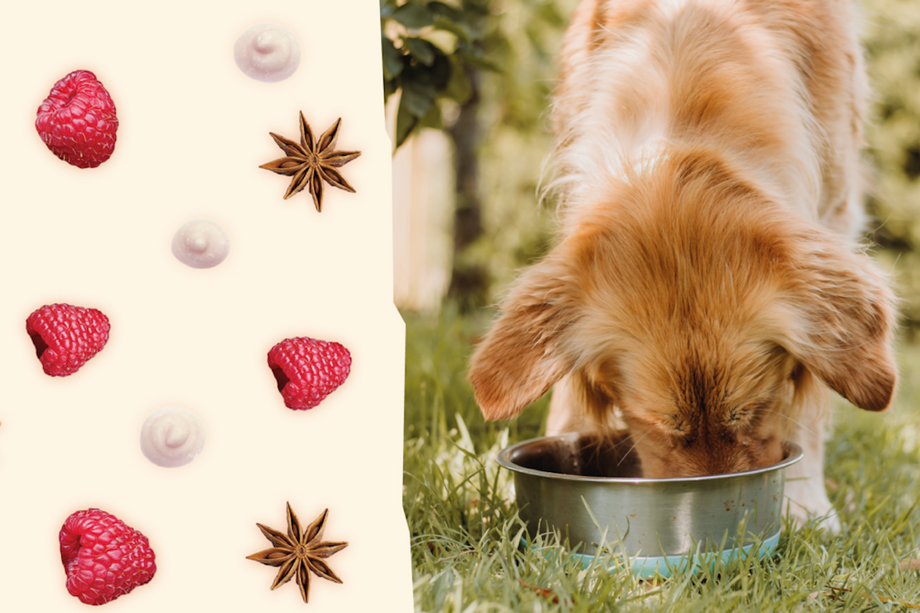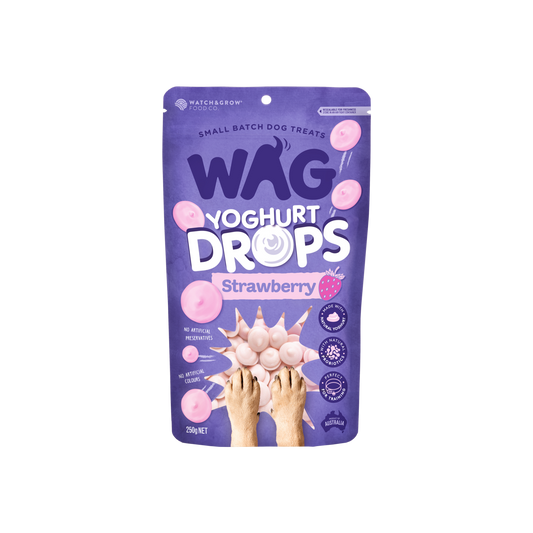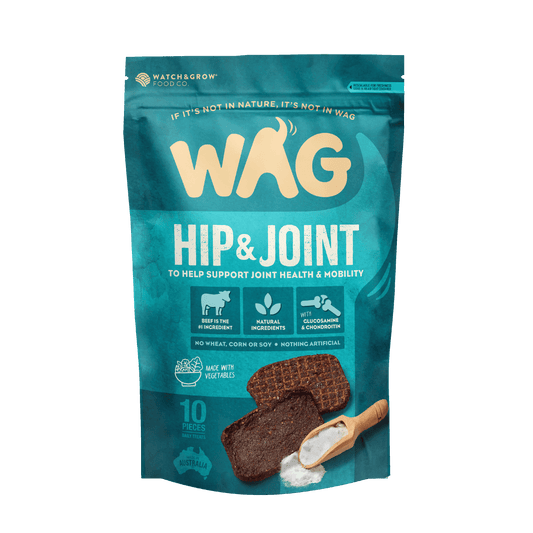We’re looking into the ingredient that’s bound to turn into a trend – aniseed! Aniseed gets used by many dog owners. Known for its ability to hype up dogs and get their senses going (sort of in the way that catnip does for cats!), this ancient herb has attracted much attention from curious pet people.
If you’re like us, you want to indulge your dog in a variety of unique chews. But you also get a little bit of pre-treat anxiety, wondering: is this safe to feed? Are there any real benefits? Should I give this treat on the regular, or just rarely?
What is aniseed?
Aniseed – also called Anise, or its technical name, Pimpinella anisum – is a native plant of North America. You might recognise it for its distinct, strong taste (and smell) that is used to make licorice taste like… well, licorice!
Aniseed has been traditionally used in cooking, herbal medicines and for making essential oils. Many naturopaths and homeopaths consider aniseed to be a superfood, containing rich antioxidants to protect the immune system and prevent cancers, cardiovascular disease, and respiratory conditions.
While it’s mostly been used in the treatment and supplementation for human diets, aniseed has picked up in popularity for dog foods, too.
Can dogs eat aniseed?
You betcha they can!
Small amounts of aniseed are perfectly safe for your dog to munch on, and so it’s completely fine to sprinkle them on toys or include them in your homemade treats.
But just like all good things in life, it’s important to exercise moderation, as feeding your doggo an excessive amount of aniseed can actually do more harm than good. Experts report that too much aniseed can cause digestive upsets and diarrhoea, or in excess doses, can cause more serious immune concerns.
Why do dogs like aniseed?
While aniseed might be a new name to many pet owners, it actually has a long history of delighting dogs in various sports and events.
In scent work, foxhounds are encouraged to follow a track that is devised by soaking a sack in aniseed oil, and then dragging it to create a trail. It’s even been used in greyhound racing, where the lure they use (usually an artificial rabbit or hide) is doused in aniseed to encourage a chase.
Aniseed is similar to catnip in that it can inspire a strong emotional reaction in your pet. But while catnip is reported to create “feelings of pure euphoria” for cats, aniseed is more likely to make your dog bounce with energy and hyperactivity.
It’s important to remember, however, that not every dog reacts to aniseed in the same way. So don’t be too disappointed if your dog doesn’t seem to hit the roof when you bring out the herb.
Does aniseed have any health benefits?
Humans have long used aniseed for a variety of health reasons – both curative and preventative. Egypt has cultivated it for over 4,000 reported years, and Greek history has featured ancient writings about the ways aniseed can be used to treat patients.
Aniseed has been recorded as a popular diuretic and used for a variety of digestive issues, respiratory issues and pain relief throughout history. It’s even used in some forms of modern medicine, particularly in pediatrics, due to its gentle nature in comparison to traditional medications. Aniseed has been reported to soften the severity of cough and chest congestion, and to alleviate excessive gas or nausea.
As of today, there have not been any formal studies substantiating if these health benefits extend to canines, too. Because of that, it’s recommended to enjoy aniseed as a fun, stimulating and exciting treat for your dog, rather than as something medicative.
How often should I feed aniseed to my dog?

There is no exact dosage that has been determined for aniseed – there’s nothing specific about when “just enough” aniseed becomes too much. If you’re handling aniseed or anise in its raw form, then, in general, a sprinkle or two a day should be completely safe for your doggo to consume.
If you’re feeding a pre-bought treat that contains aniseed, you should always follow the feeding guidelines provided on the packet. Each breed of treat has a different ingredient composition and makeup, and each contains different amounts of aniseed.
If you’re feeding your dog WAG Berry & Aniseed Yoghurt Drops, stick to no more than 10 drops per day. And if your dog is truly desperate, split them in half for double the fun!
What else can I do with aniseed?
Aniseed, and aniseed treats, have a ton of uses that can make them more interesting than just handing over a chew. Their strong smell makes them perfect for getting your doggo to make use of their powerful nose.
Nosework – an activity where dogs learn how to search for a specific odour and find the source – is a fantastic way to mentally stimulate your dog. Aniseed is one of the best baits you can use out there, strong enough to entice almost any dog to start seeking out that electrifying scent!
If nosework isn’t your thing, then using aniseed to train might be one way to amp up a dog that doesn’t have much drive. Chop up or break apart your aniseed treats to make them last, get outside and start practicing those tricks your doggo hasn’t had much enthusiasm for. You may just find that aniseed was the secret ingredient you always needed!
Sniff out some aniseed
Admit it: we’ve all slipped some of our meal under the dinner table, watching with delight as our dog samples the prawn & snapper linguine or braised duck. We know we shouldn’t, so we only do it rarely, but it just brings us so much joy to share our delicious servings with the dogs we love so much.
So if we haven’t convinced you to check out aniseed, let your dog convince you, instead. Sniff out some of this fantastic herb, show it to your dog, and share the results with us!
Shop the Recipe
WAG Team
Up Next
What are the best dog chews for your dog?





